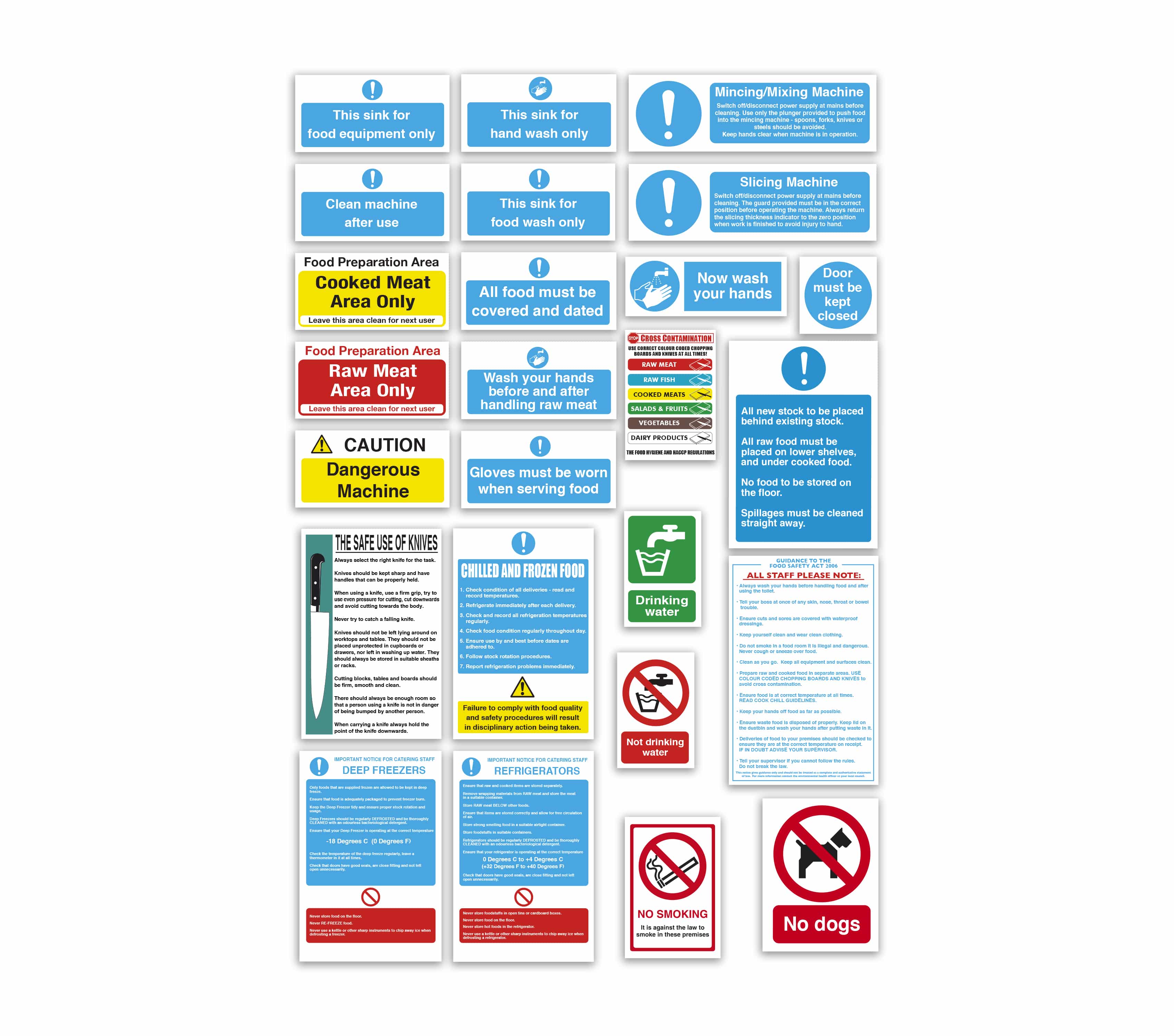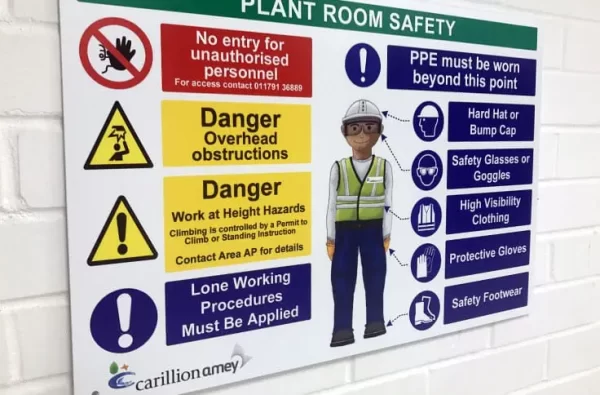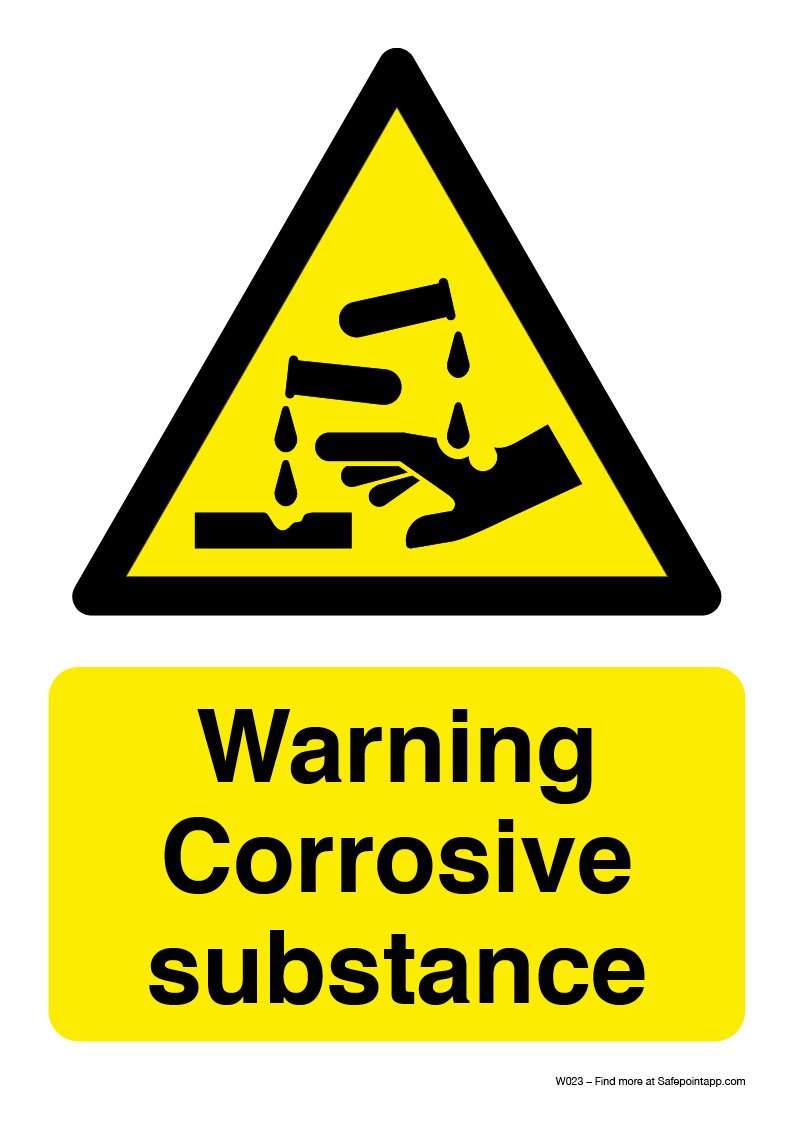Ingenious Health and Safety Signs: Maintaining Your Group Safe and Informed
Ingenious Health and Safety Signs: Maintaining Your Group Safe and Informed
Blog Article
Kinds of Safety Signs You Required to Know for Ultimate Security

Indication
Indication play an essential function in making sure safety and security by conveying essential information concerning potential risks. These indications are necessary in various atmospheres, including work environments, public locations, and streets, where they signal individuals to risks that may not be quickly visible. Typical examples of indication include those suggesting unsafe surface areas, electric hazards, and low overhanging clearance.

It is important for organizations to frequently examine the positioning and presence of caution indicators to guarantee they effectively communicate risks. Training staff members and the public on the definitions of these indications further reinforces their significance in promoting security culture - Safety Signs.
Prohibition Indicators
Restriction indications serve as important indicators developed to connect restrictions and habits that must be avoided in certain areas. These indicators are critical for guaranteeing security and compliance, helping to avoid mishaps and alleviate dangers in numerous atmospheres, consisting of workplaces, public locations, and construction websites. Often characterized by a bold red circle with a diagonal line, restriction signs share a clear message that particular actions are not allowed.
Common examples include indicators that forbid smoking cigarettes, consuming, or entrance into limited locations. The efficiency of these indicators rests on their exposure and simpleness, making it simple for individuals to understand the intended message at a look. Correct positioning is essential; they must be situated in high-traffic areas and near the factors of possible infraction to make best use of recognition.
Restriction signs not only shield individuals yet also support organizational policies and lawful demands (Safety Signage). Their usage fosters a culture of security and respect for policies, adding to a more secure atmosphere for everyone. Understanding and sticking to the regulations of prohibition indicators is essential to guarantee compliance and advertise general safety and security in any type of offered area.
Mandatory Indications
Mandatory signs are important components of safety interaction, designed to inform individuals of activities that have to be taken to make sure safety and security and compliance in numerous settings. These indications are defined by their distinct blue background and white signs or message, sharing clear guidelines that have to be followed.
Usual examples of necessary signs consist of instructions such as "Put On Personal Protective Tools" (PPE), "Use Hearing Security," and "Need To Clean Hands." Each of these indicators serves a specific function, targeting habits that improve security and reduce threats in work environments, public facilities, and construction websites.
The importance of obligatory indications can not be overstated; they not only assist in stopping crashes and injuries but also guarantee adherence to legal guidelines and organizational policies. In environments where risks are common, the existence of these signs strengthens a society of security and liability amongst all people.
To optimize their efficiency, necessary signs need to be put in visible places, guaranteeing they are easily seen and comprehended by every person around - Safety Signs. Routinely examining and maintaining these signs is additionally critical to guarantee their clarity and exposure, thus Learn More Here advertising a much safer environment for all
Emergency Situation Details Indications
Emergency information indicators play an essential function in assisting people throughout situations, supplying vital info that can help make certain security and help with reliable action actions. These indications are created to provide prompt and clear instructions in emergency situation circumstances, such as fires, chemical spills, or natural calamities.
Usually, emergency situation info indicators consist of essential information such as discharge paths, emergency call numbers, places of emergency treatment terminals, and directions for making use of emergency situation tools, such as fire extinguishers or defibrillators. Their layout usually includes vibrant colors, high comparison, and widely well-known symbols to make certain visibility and understanding also in high-stress situations.
It is necessary for organizations to on a regular basis review and update their emergency situation details signs to show any kind of adjustments in building formats, emergency treatments, or contact info. Correct positioning of these signs is similarly crucial; they need to be positioned in areas with high foot website traffic and at eye level to make certain that they are easily noticeable during emergencies.
Standard and Directional Indications
Standard and directional indicators are essential devices for navigation within different environments, guaranteeing that people can discover their way efficiently and safely. These signs serve an important feature in both public and exclusive areas, consisting of work environments, medical facilities, schools, and entertainment areas.
Typically including arrows, icons, or text, guideline and directional indicators offer clear directions on browsing complex designs. They aid stop confusion and lessen the risk of crashes by guiding individuals towards leaves, toilets, and specific sights. Efficient signage is developed to be easily well-known, usually making use of standard colors and shapes to communicate information rapidly.
Along with helping navigation, these indications play a vital duty in emergency situation preparedness. During situations, well-placed directional indications can lead individuals to safety and security, lowering panic and making certain organized discharges. Normal maintenance and updates to these signs are critical, as transforming designs or brand-new dangers may demand modified advice.
Conclusion

Recognizing the differences between caution indicators, prohibition indicators, mandatory indications, and emergency situation info signs can dramatically improve overall safety and security recognition.Warning indicators play a vital role in ensuring safety by communicating essential information concerning prospective threats. These indications are vital for making sure safety visit this website and compliance, helping to stop crashes and reduce dangers in various atmospheres, consisting of workplaces, public locations, navigate here and construction sites. Throughout crises, well-placed directional indications can lead people to security, reducing panic and making sure organized evacuations. Warning indications, restriction signs, necessary indicators, and emergency info and directional indications each offer distinct functions in communicating essential details regarding risks, constraints, safety and security actions, and navigational advice.
Report this page